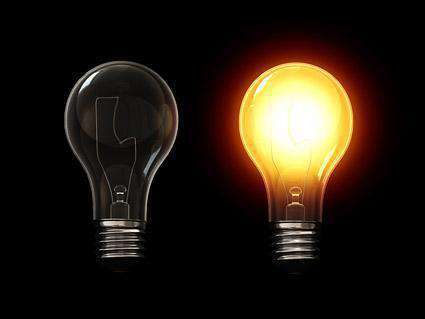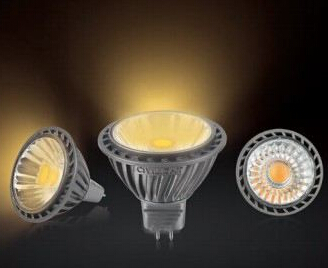With the continuous development of human society, the city will bear more and more people in the future, and the problem of “urban diseases” will remain severe, and the development of smart cities will become the key to solving urban problems. Smart cities are emerging models of urban development. At present, there are already 95% of cities above the sub-provincial level, 76% of cities above the prefecture level, and a total of about 500 cities have proposed to build smart cities. However, the smart city is still in the initial stage, and the system construction is too complicated, and the urban intelligent street light project will undoubtedly become the best place to fall.

In recent years, with the maturity of technologies and products and the popularization of related concepts, smart lighting applications have become more and more extensive, including commercial/industrial lighting, outdoor lighting, residential lighting, and public lighting. In addition, the country has paid more attention to energy conservation and environmental protection. Work, accompanied by the leap forward of LED semiconductors and a new generation of digital communication technology, the smart lighting market is gradually making efforts in the construction of smart cities, and highlights are frequent around the country.
According to experts, many cities in the country have introduced smart lighting projects. Among them, intelligent street light poles have become data collection nodes and application realization carriers for smart cities. Street lights can not only achieve simple lighting, but also control the lighting time and brightness according to the weather and flow of people; lampposts no longer just support the streetlights, but also help people to make choices to avoid congestion, and even become connected to WiFi, data transmission Entrance... This is the help and convenience of smart lighting in the field of street lamps. In fact, with the construction of smart cities, from indoor to outdoor, smart lighting is gradually lighting every corner of urban life, and will realize a revolutionary transformation from urban management to service, from governance to operations, from fragmentation to synergy.
Prospects can be given priority in the public and outdoor areas
As far as China is concerned, at present, three batches of smart cities have been announced for a total of 290 cities; in addition, the construction of smart cities will be an important step in China's advancement of urbanization during the “Thirteenth Five-Year Plan” period.
Thanks to the government's support and the efforts of cities in the world to promote the smart city plan, smart city construction is expected to accelerate further in the future. Therefore, the application of smart lighting as an important component of smart cities in the public sector will also receive a priority.
Intelligent lighting system can improve the city's energy efficiency, bring real benefits to the city, and have immediate results. It can also use lighting equipment to capture more urban roads, spatial information, and open up the “Going Up to Earth” data. For street lamps with a wide distribution in the city, smart street lamps have the functions of automatically adjusting brightness, remote lighting control, fault active alarm, lamp cable anti-theft, and remote meter reading according to traffic flow, which can significantly save power resources and improve public lighting. Management level, saving maintenance costs. This also explains the increasingly hot phenomenon of smart lighting in urban construction.
Though the wisdom streetlights are currently in the early stage of development, the United States, India, the Middle East, and China have already launched smart streetlight plans. With the smart city construction wave, the market space of smart streetlights will have unlimited prospects. According to statistics, outdoor lighting accounted for 11% of the global smart lighting market in 2017.In addition to smart streetlights, smart lighting will also gradually penetrate into public places such as stations, airports, subway stations, underground parking lots, schools, libraries, hospitals, stadiums, and museums. According to statistics, public lighting accounted for 6% of the global smart lighting market in 2017.
The future of smart lighting Humanity, automation
At present, the development of smart lighting in our country is still in the initial stage of using cell phones to control light bulb switching, changing color or remote control. Problems such as "the form is larger than the content, the operation process is not convenient, and the user's needs do not match, the standard is not uniform" has always existed. When the user's initial freshness disappeared, someone pointed out that the vast majority of smart lighting products are actually " "Pseudo intelligence" is far from the real "intelligence". Most of the functions of smart hardware are optional, and there is no pain point for consumers. This is a big “dead point” that smart products need to be solved.
Light control does not just need to experience, home users can not effectively enjoy the convenience brought by intelligent control, the current intelligent control is also very similar to the previous switch control, and if only the switch brightness energy control, the current building control system can Simple implementation, light control is redundant.Obviously, simple dimming and color adjustment can not meet the consumer demand for intelligent lighting. Although most intelligent lighting products currently require networked operations, there is still a long way to go from true smart lighting. Regarding the trend and development trend of smart lighting in the future, the answer given by people in the industry is similar to that of humanization and automation.
Summary: As an important part of a smart city, smart lighting uses city sensor networks and power carrier technology to connect urban street lights to form an “Internet of Things” and uses information processing technology to process and analyze massive amounts of awareness information. Various needs such as people's livelihood, environment and public safety make intelligent response and intelligent decision-making support, making urban living lighting reach a “wisdom” state. Smart lighting has entered a period of rapid development, and the application scenario has become larger and wider. It is not far in the future to become the best place for the development of smart cities.
















 RCCN WeChat QrCode
RCCN WeChat QrCode Mobile WebSite
Mobile WebSite







